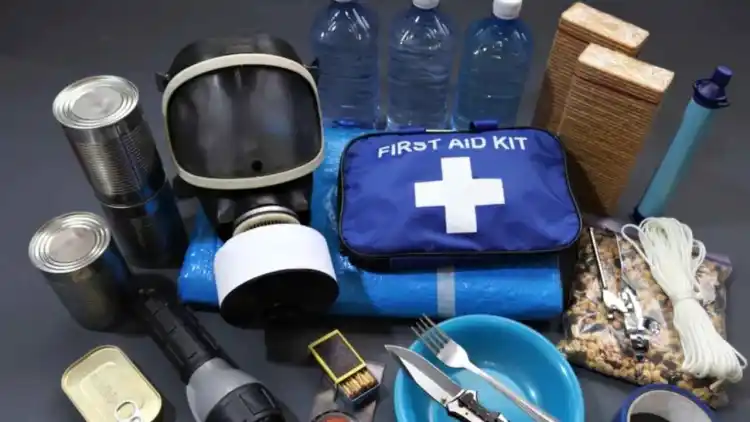- The 4 Golden Rules for Tire Replacement
- Early Warning Signs You Need New Tires
- “The Driver Who Waited Too Long”
- How Tire Type Affects Lifespan
- Key Maintenance Tips to Extend Tire Life
- Tire Myths That Could Mislead You
- Seasonal Safety: Timing the Swap
- Environmental Perspective
Your car’s tires are the only point of contact with the road, yet many drivers overlook their condition until it’s too late. Replacing tires isn’t just about maintaining performance—it’s about safety, control, and efficiency. In this detailed guide, we’ll explore when and why you should replace your vehicle’s tires, including subtle signs, mileage benchmarks, seasonal cues, and myths that could cost you more than money.

The 4 Golden Rules for Tire Replacement
Rule #1: Mileage Matters
Standard all-season tires last between 40,000 to 80,000 km. However, driving habits, temperature, and road conditions can shorten this lifespan dramatically. If you drive in extreme heat or cold, check your tires every 10,000 km.
Rule #2: Respect the Expiration Date
Every tire has a manufacture date code (four digits in the DOT number—e.g., 2419 means week 24 of 2019). Tires older than 6 years, even if they look fine, are risky due to rubber degradation.
Rule #3: Depth Defines Safety
New tires have a tread depth of 8-9 mm. Legally, the minimum is 1.6 mm, but performance on wet roads drops sharply below 3 mm.
Quick Check: Insert a coin—if the outer rim of the coin is visible, your tread is dangerously low.
Rule #4: Seasonal Swaps
If temperatures drop below 7°C, use winter tires for grip and braking stability.
Switch back to summer tires once the temperature stays above 10°C to avoid uneven wear.
Early Warning Signs You Need New Tires
Vibration or Noise: Excessive vibration on smooth roads means imbalance or internal tire damage.
Cracks or Bulges: Weathered rubber can crack at the sidewall, indicating the structure is failing.
Uneven Wear: Often due to misalignment or over/underinflation—shortens lifespan and compromises handling.
Increased Braking Distance: If your car needs a few extra meters to stop, it’s time for an inspection.
Frequent Pressure Loss: Slow leaks, unseen punctures, or weak valve stems can make your tires unsafe.
“The Driver Who Waited Too Long”
Ahmed, a long-distance commuter, ignored the cracked edges of his tires, believing they could “last another month.” One rainy morning, his car hydroplaned on the highway and spun out. Miraculously, Ahmed was unharmed, but the car wasn’t. His lesson became clear: a few hundred dollars for new tires could have prevented thousands in damages—and maybe a tragedy.

How Tire Type Affects Lifespan
Key Maintenance Tips to Extend Tire Life
Maintain the right air pressure (check monthly, especially before long trips).
Rotate tires every 10,000 km to ensure even tread wear.
Balance and align wheels yearly or when you feel pulling to one side.
Avoid potholes and sudden braking—these impact internal structure and cause unseen damage.
Protect from the sun—UV rays can harden rubber and cause microcracks.
Tire Myths That Could Mislead You
Myth: “If they look fine, they’re safe.”
Reality: Rubber degrades internally; aging tires can fail even with visible tread.Myth: “Mixing brands is okay.”
Reality: Different compounds behave inconsistently, harming braking and cornering stability.Myth: “You can replace only one tire.”
Reality: Always replace at least two tires on the same axle for balanced traction.Myth: “TPMS (Tire Pressure Monitoring System) replaces manual checks.”
Reality: TPMS alerts only when pressure drops significantly—it’s not a preventive monitoring system.
Seasonal Safety: Timing the Swap
Environmental Perspective
Changing tires on time doesn’t just keep you safe—it helps the planet. Worn tires increase rolling resistance by up to 15%, raising fuel consumption and CO₂ output. Disposing of old tires responsibly also prevents microplastic pollution from entering waterways.
Your tires are your car’s first line of defense. Ignoring their wear is like ignoring your health—small cracks today can cause catastrophic failures tomorrow. Check, rotate, replace, and always respect the only four points connecting you to the road.












